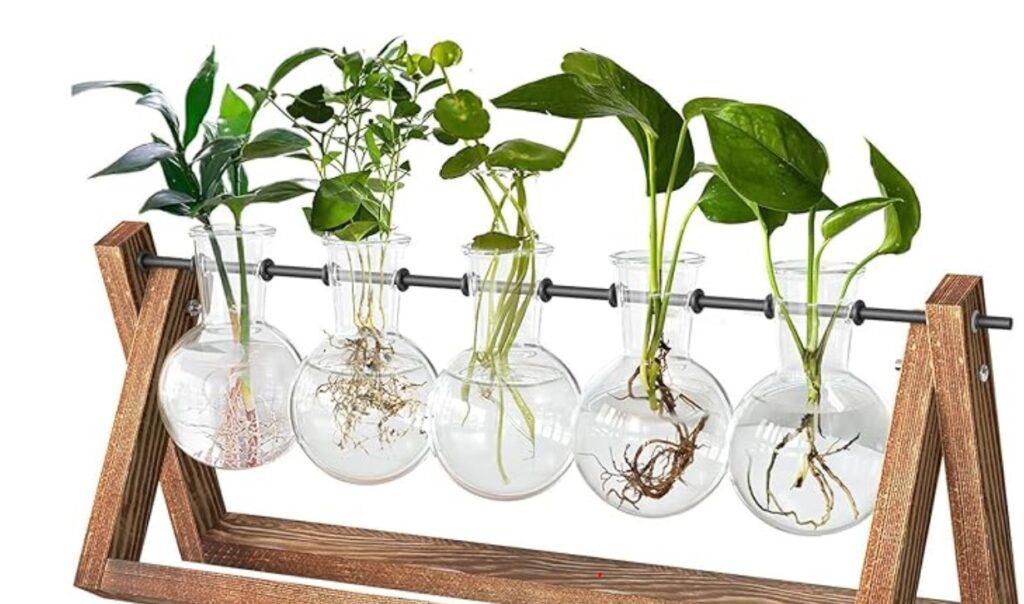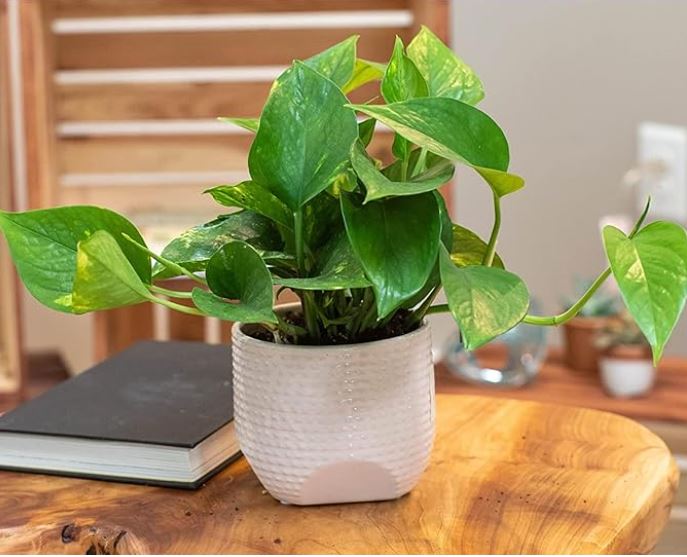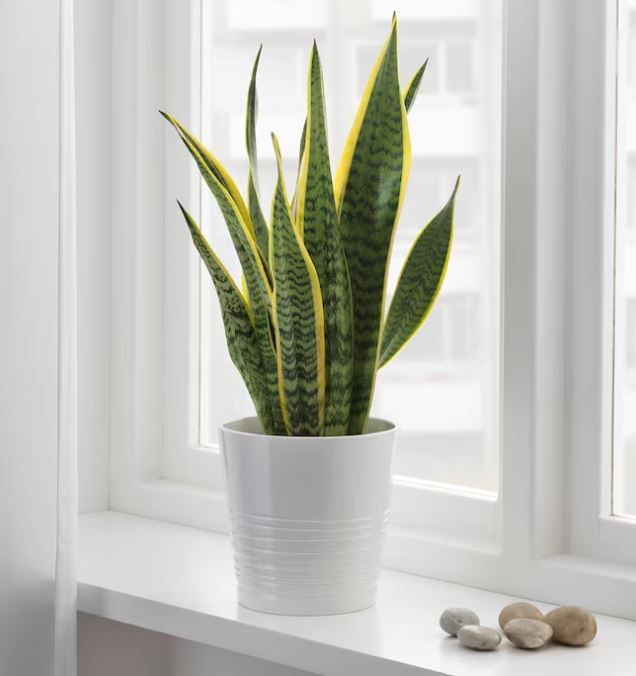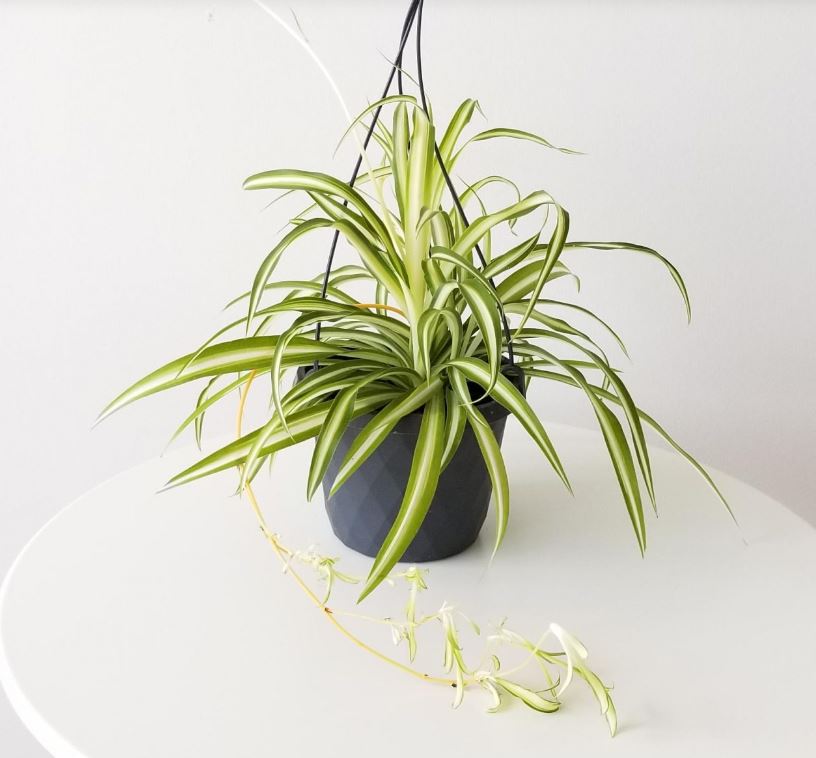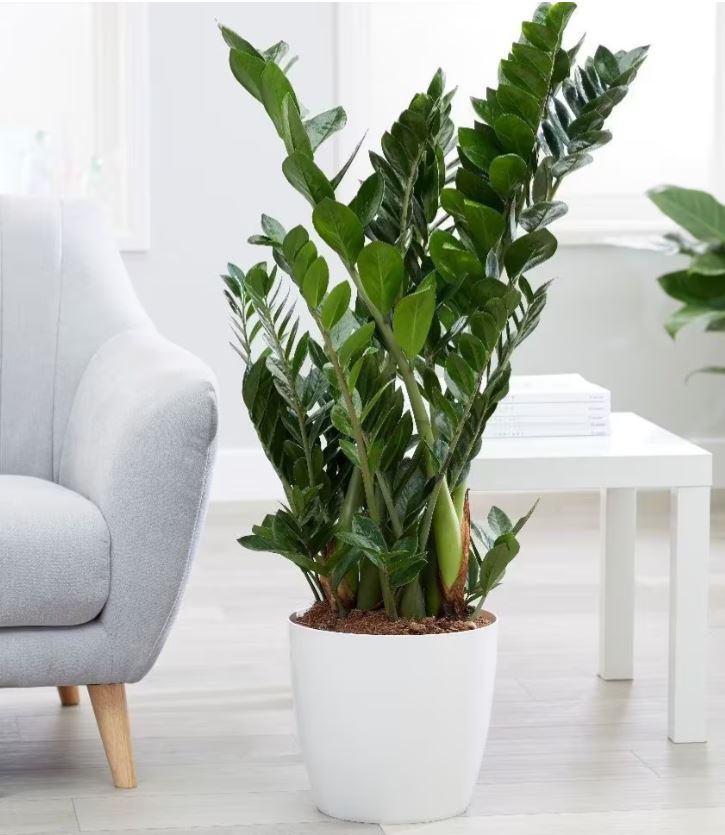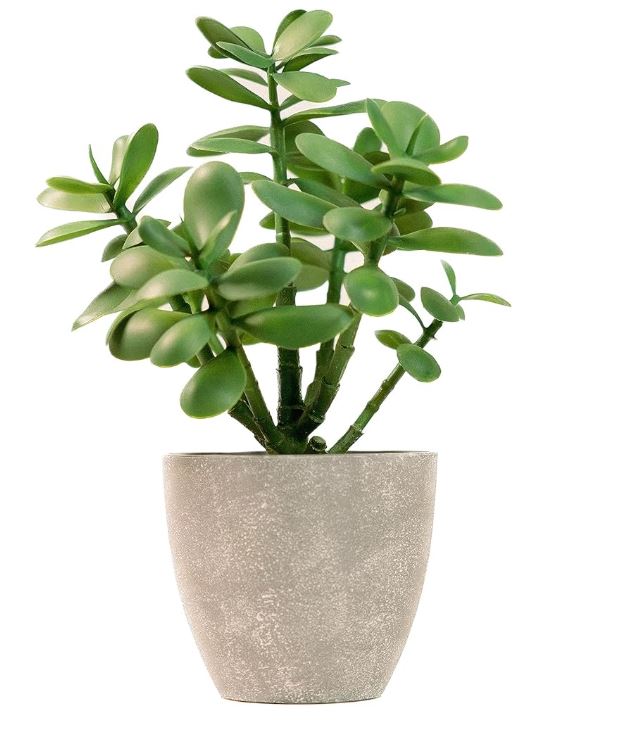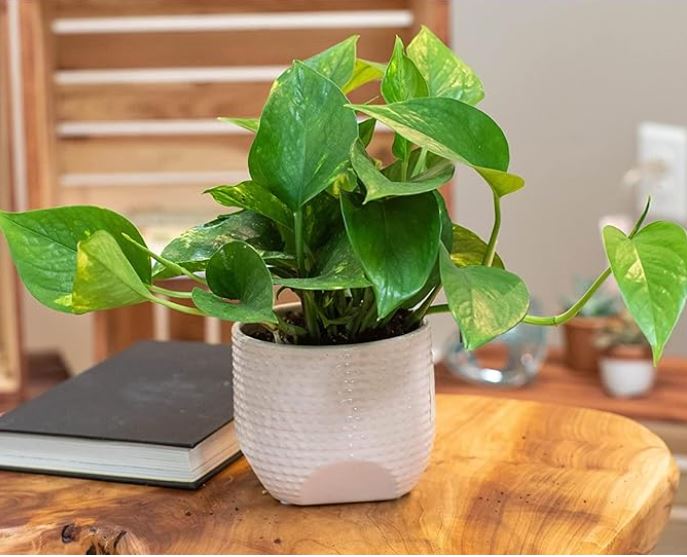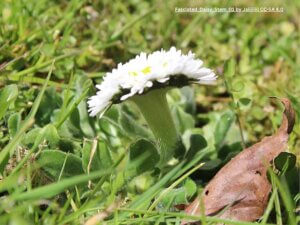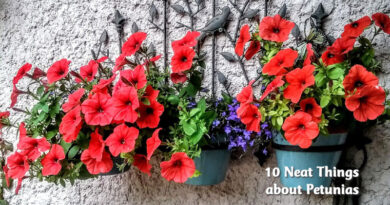Top 6 Easy Houseplants to Help Green Up Your Winter
Canada's Local Gardener
1543 Views aka Sansevieria trifasciata, arum fern, Chlorophytum comosum, Crassula ovata, Epipremnum aureum, Golden pothos, houseplants, Jade Plant, lucky plant, money tree, mother in law's tongue, Philodendron, philodendron hederaceum, snake plant, spider plant, tree lover, Vilevine, winter, Zamioculcas zamiifolia, zz plantt
Houseplants contribute not only to well-being but also provide year-round enjoyment with their vibrant colors. Caring for houseplants need not be reserved for those with a green thumb. Beginner-friendly options like pathos, philodendron, snake plant, or spider plants are forgiving, bouncing back even if neglected.
Here are six easy houseplants that thrive in the winter months to help you green up your place all year long.
Also called Devil’s Ivy, is an incredibly resilient and adaptable plant, making it a perfect choice for houseplant beginners. Pothos is an attractive choice if you are looking for a hanging plant. A unique way to grow pothos is on a totem. The pothos leaves are heart-shaped (cordate), smooth, shiny, and fold inward along the mid-rib. Despite its aesthetic appeal, it’s important to note that all parts of the Golden Pothos are poisonous (though not lethal) to humans and pets due to the presence of calcium oxalate crystals in the roots, stems, and leaves. It is sometimes confused with the vining heartleaf philodendron.
Commonly referred to as mother-in-law’s tongue, is a popular and hardy houseplant with stiff, sword-like leaves. Snake plants can grow up to around three feet tall when grown indoors. Snake plants are totally fine with low-light and infrequent watering instead of overwatering. Known for its air-purifying qualities, effectively removing toxins such as formaldehyde, benzene, and xylene.
Considered one of the most adaptable houseplants, easy to grow indoors in medium to bright light throughout the year. It thrives in average humidity and cool to average temperatures but can tolerate warmer conditions. It does well with average humidity and cool to average temperature, although it can tolerate warmer conditions. They thrive in lots of indirect light, between 55 and 80 degrees F. Spider plants also love humidity, so the perfect spot for them is near a sunny window in a steamy bathroom.
Also known as the arum fern, the ZZ plant has a vase-shaped structure with Long leafy stems, reaching up to 3 feet in height. Deep green, shiny and generally eye-catching, it is an excellent choice for beginners due to its easy care requirements. It thrives in various environment, including cold and damp, warm and dry, fully sunny or completely shaded, and is adaptable to different light levels. It grows naturally slowly so you won’t need to repot it often.
Commonly known as lucky plant or money tree, the Jade Plant features thick, woody stems and oval-shaped leaves, giving it a miniature tree-like appearance that makes them very popular as houseplants. It prefers moderate to low-light environments, and can get sunburnt if exposed to too much sun too suddenly. Only water it when the soil is completely dry, as the leaves retain water. If any leaves fall off, you can simply lay them in the dirt and they will take root.
Also referred to as Vilevine or tree lover, Philodendron is a large genus of the Arum family, Araceae, with approximately 900 known species. The name “Philodendron” derives from the Greek words philo- ‘love, affection’ and dendron ‘tree‘. They come in many shapes and sizes, some trailing and others capable of significant growth, requiring watering every few weeks when the soil feels dry. They can tolerate shady environments with indirect light.


